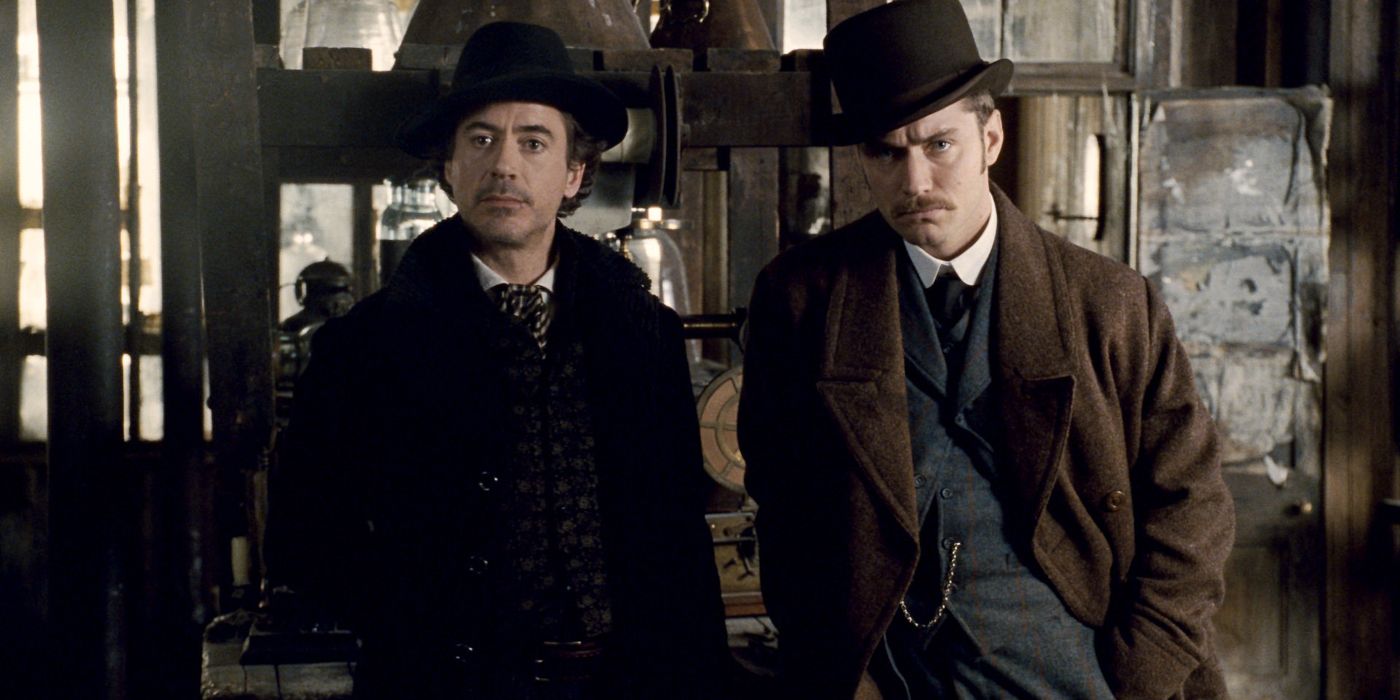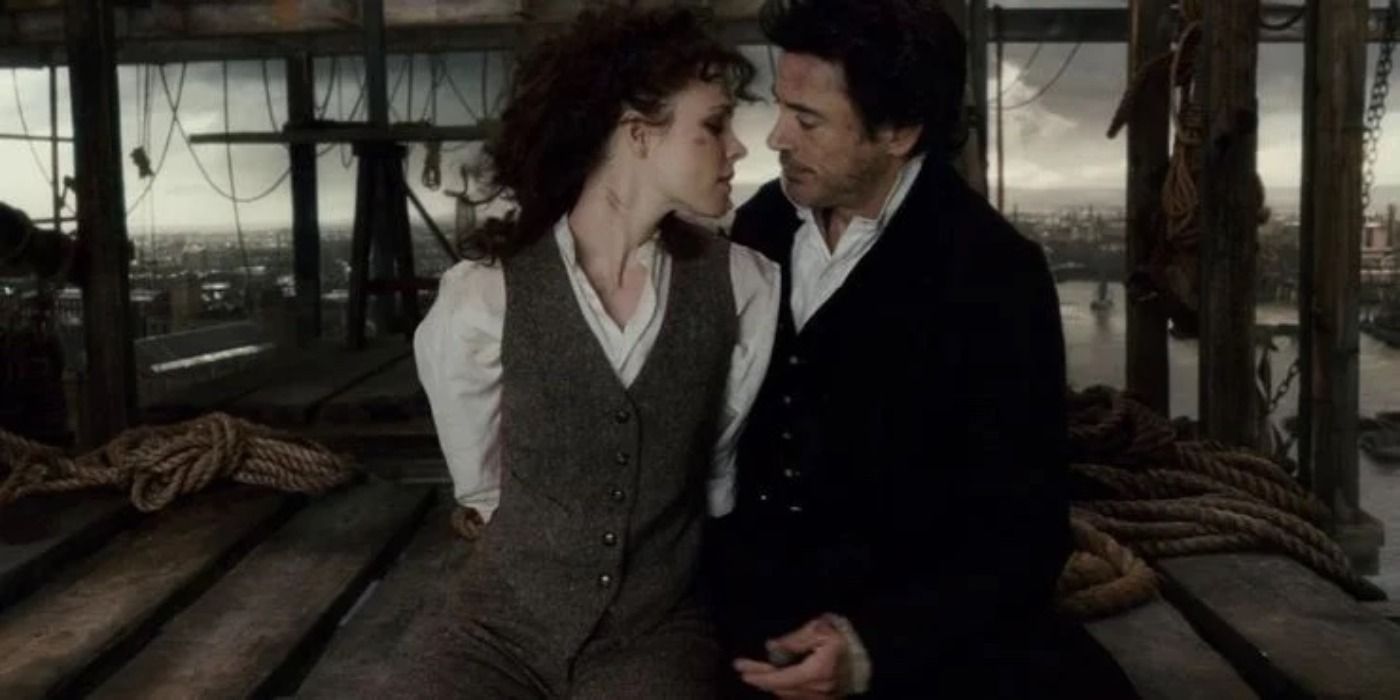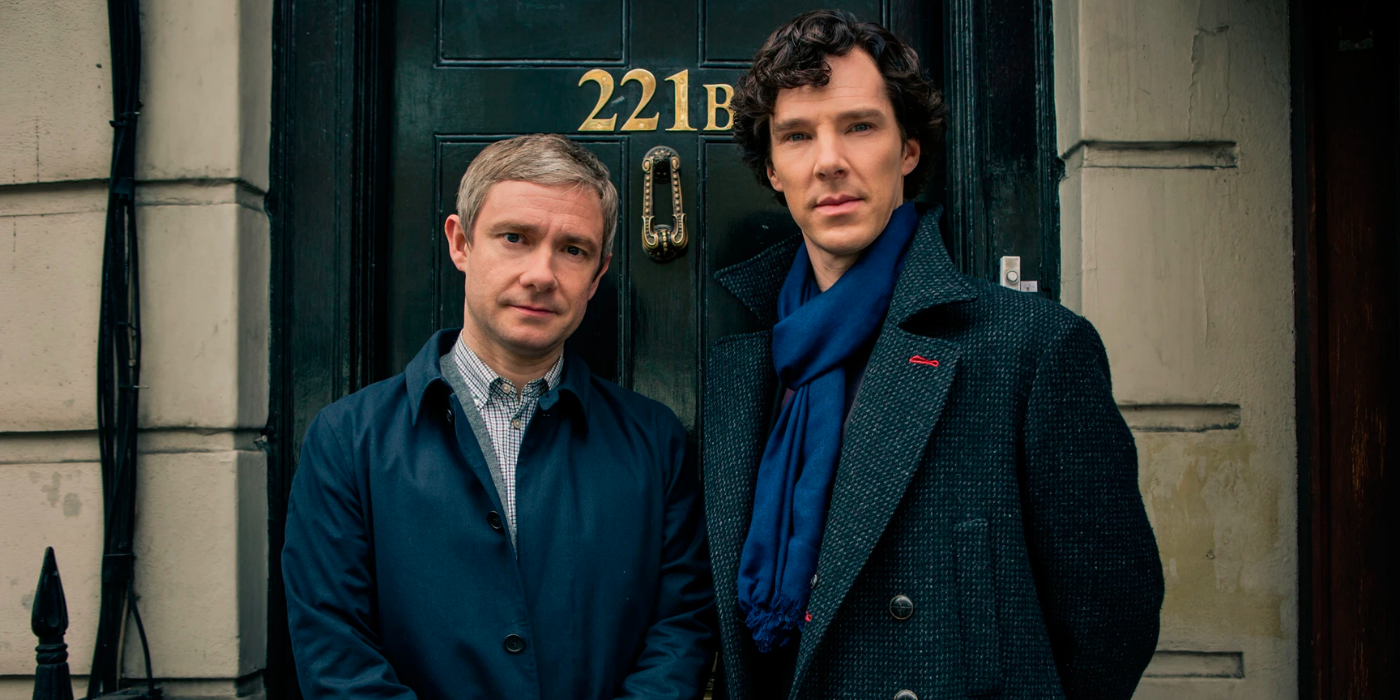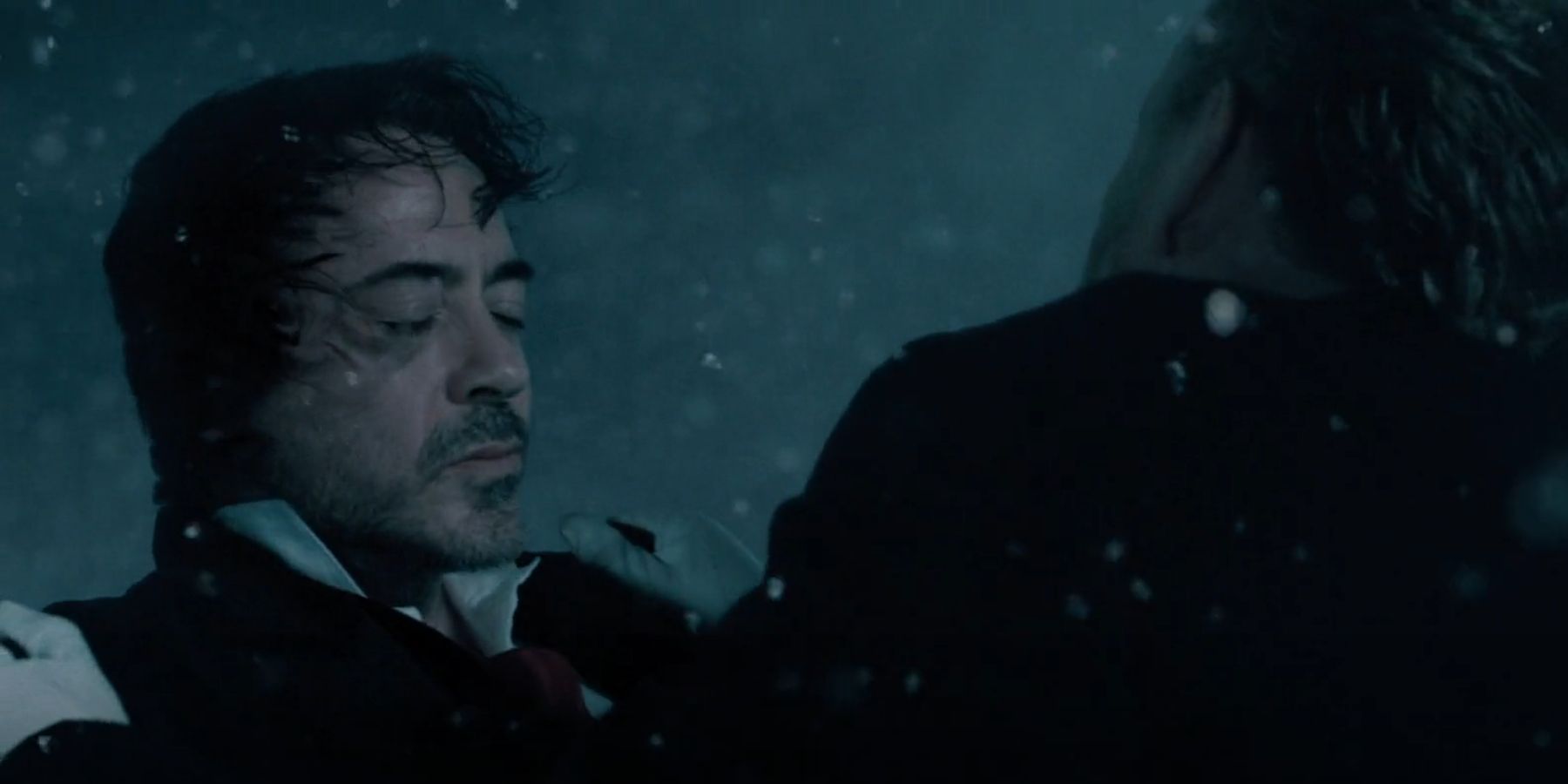Long before the days of the Marvel Cinematic Universe, Sir Arthur Conan Doyle's iconic detective of the Strand newspaper was using all the same tricks. While closer to some superheroes than others (especially Batman), Sherlock Holmes stories set in motion the basic storytelling tropes that have become associated with the superhero genre. Given the character's popularity and influence, many of the archetypes and storytelling techniques of our modern mythology can even be traced directly back to the consulting detective of 221B Baker Street.
Sherlock Holmes Has His Own Superhero Origin Story
While it has yet to be adapted for film, Sherlock Holmes does indeed have a comic book-style origin story. "The Adventure of the Gloria Scott" (1893) has Holmes recounting his origin story to Watson, and all the basic comic book tropes are in place. Just like Spider-Man, Holmes has a great power at the start of the story -- his famous Sherlock Scan, or ability to read the details of a person's life from surface details. But it takes the death of a mentor figure, Mr. Trevor, to inspire him to face up to the great responsibility that comes with this ability.
Like Batman, Sherlock Comes With Sidekicks and Seductresses
Sherlock Holmes' supporting cast has the most in common with that of Bruce Wayne; he has the Robin-style sidekick (Watson), the Alfred-esque parental figure/servant (Mrs. Hudson), the Gordon-type friend on the force (Lestrade), and even the iconic, à la Catwoman, nemesis/love interest (Irene Adler). While the latter was explicitly not a romantic interest of the celibate Holmes, she nonetheless plays the structural role shared by Selina Kyle in the life of the Dark Knight. The similarities between Sherlock's support cast and Batman's are likely deliberate -- though Batman never did reveal a more skilled brother (Mycroft Holmes).
Holmes Created the Idea of a Rogues' Gallery
Another staple of the superhero comic is the rogues' gallery of nemeses, iconic and dangerous supervillains associated with the title that show up to challenge the hero. While, initially, Sherlock Holmes' villains lasted a single story at most, the continuity of Irene Adler's mentions in later stories began to craft a canon. However, the more significant innovation of Doyle's was the creation of Professor Moriarty in "The Final Problem." Moriarty was crafted to be Holmes' perfect nemesis, the ultimate evil who the hero could go out fighting. Moriarty and his gang recur both in several short stories and in the novel The Valley of Fear. Moriarty has since become a comic book nemesis in his own right; alongside other iconic Holmes villains, his status as recurring arch-nemesis of Sherlock predates the superhero rogues' gallery by 50 years.
Death Is Meaningless to Sherlock Holmes
One of the more significant comic book tropes Sherlock Holmes did first is the one most baffling to modern comic fans: the tendency to resurrect characters in order to appease fan demand. Holmes was originally killed off in "The Final Problem" in the classic grand final battle with his arch-foe (Moriarty), and like Superman 100 years later, this decision sparked national attention -- fans writing in and reacting to the death of the character as if a real friend had passed on. Eventually, Doyle brought Holmes back -- first in Hound of the Baskervilles and then in "The Adventure of the Empty House," which pulls a comic book-style convoluted resurrection story. Since then, comic book superheroes have become almost comically immortal, with nearly every major death in Marvel and DC being undone on a writer's whim.
There are other superhero tropes that Holmes originated: his superhuman abilities, both intellect and the physical strength required to bend a fireplace poker; his commitment to his calling at the expense of a personal life; the rescue of many damsels in distress; the secret base (221B Baker Street); even the secret identity to some degree thanks to his long list of complicated disguises. The popularity and influence of the Holmes stories mean that many modern-day pieces of popular culture, including, of course, a great deal of the detective genre, were inspired by him. But the superhero genre, in particular, seems to have taken many pieces of the World's Greatest Detective into its genre staples -- enough for it to seem like more than a coincidence. With the Ritchie film coinciding with its star's foundation of the MCU back in 2009, and the possibility of Downey's return to the role, Sherlock and the superhero genre may share a future together in more ways than one.





